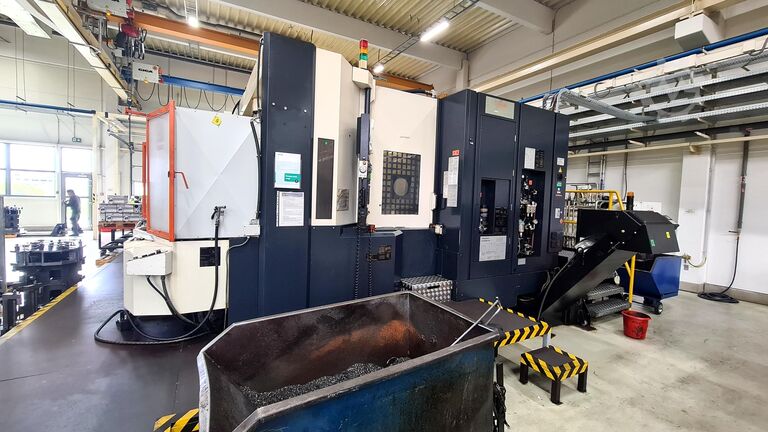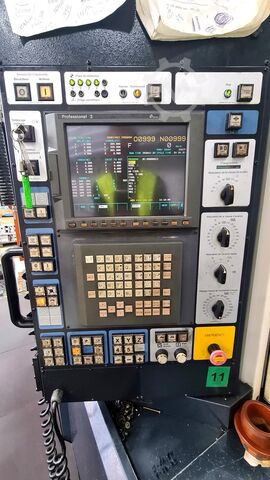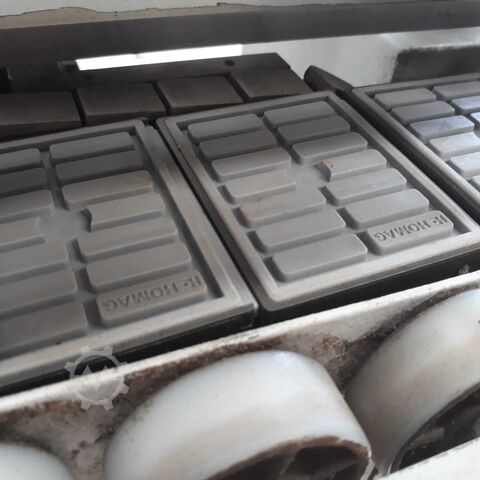Used Feeding System for sale (10,764)
 Sachsen
Sachsen Machining center
SCMWindor 60
 Lombardia
Lombardia Machining center
UniteamCovertek
 Latvia
Latvia Horizontal machining center
OkumaMA 500 HA

+44 20 806 810 84
 Jihomoravský kraj
Jihomoravský kraj Horizontal machining center
MakinoA88 A90
 Sachsen-Anhalt
Sachsen-Anhalt Honing machine with loading automation
SunnenKGM-5000 NTG
Discover more used machines
 Hessen
Hessen Vertical machining center
DAHLIHMCV-860 + RoboJob MA 25
 Sachsen-Anhalt
Sachsen-Anhalt 2 panel dividing saws + storage
HolzmaPROFILINE HPL 380 + HPP 380 + BARGSTEDT
 Lombardia
Lombardia Twin roller coating machine
BARBERANBRB2 1400
 Gelderland
Gelderland Brushing machine
BauerrichterES-R1
 Olomoucký kraj
Olomoucký kraj CNC lathe
ChevalierFVL-1250VTC+C
 Baden-Württemberg
Baden-Württemberg Portal milling machine
AWEALP-3021
 Comunidad Valenciana
Comunidad Valenciana Edge banding machine
HOMAGKAL 210 AMBITION 2264
 Oberösterreich
Oberösterreich Plasma oxy-fuel cutting machine
Zinser2426N
 Lombardia
Lombardia Double-sided edge banding machine
STEFANIACTIVA SB
 Gelderland
Gelderland Optimizing cross-cut saw
WeinigOpticut S75-1
 Olomoucký kraj
Olomoucký kraj Vertical machining center
ChevalierQP2033-L
 Hessen
Hessen Continuous dryer
TesomaCompact Eight-G-18-HH-SR
 United States
United States Laminating Lines
KENTWOODFEEDMAC31+M200+FEEDMAC33
 Lombardia
Lombardia Edge banding machine
SCMOLIMPIC S 215
 United States
United States Single Edgebanders
BIESSEAKRON 1330 A
 Lombardia
Lombardia Edge banding machine
CEHISASYS
 United States
United States Clamping Press
HOMAGCABTEQ T-200
 United States
United States Single Edgebanders
BRANDTKDF 440 AIRTEC
 United States
United States Squaring/Edgebanding Lines
STEFANI + MAHROSEVOLUTION SSB + RUNNER
 United States
United States Top Sanders
HEESEMANNImpression PLATINUM
Used Feeding System (10,764)
Search Machineseeker now with more than 200,000 used machines:Browse through the most popular machine descriptions:
This may be of interest to you

+44 20 806 810 84












































































































































































































































































































































































































